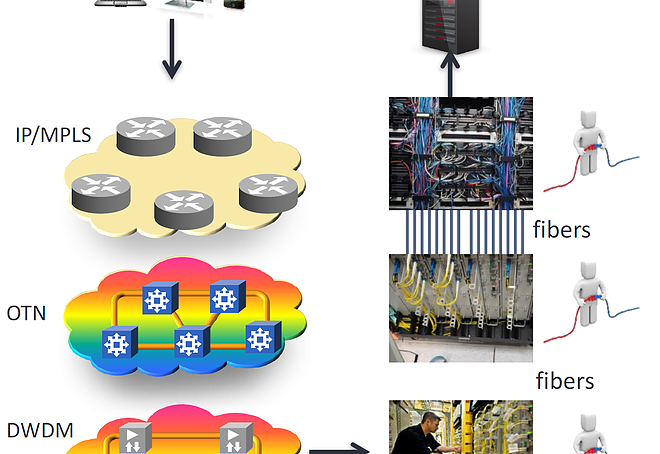Detection and Prediction of Network Vulnerabilities with Machine Learning Models
and Algorithms
The project investigates the research and development of static and dynamic autonomous network management
agents that will be able to analyze telecommunication network behaviors, and predict faults and outages. Using
collected datasets from
EXFO network monitoring systems, we will research, analyze, design and develop machine
learning models and algorithms adapted to the analysis of time series. These algorithms can be used as part of
network monitoring toolsets to dynamically monitor the network behaviors. They will also allow real-time network
faults detection/prediction, performance anomalies, and cyber threats. Machine learning models and algorithms will
be tailored to assess the potential service impact of these faults, anomalies, and threats. This assessment will lead to
the recommendation of mitigations and solutions, along with their expected impact on the network. In non-real-time
contexts, we will analyze performance data collected over significant time periods and correlate them with the
evolution of the network in terms of variables, such as topology and configuration. This performance data analysis
will allow the identification of network areas with poor system performance and reliability.



